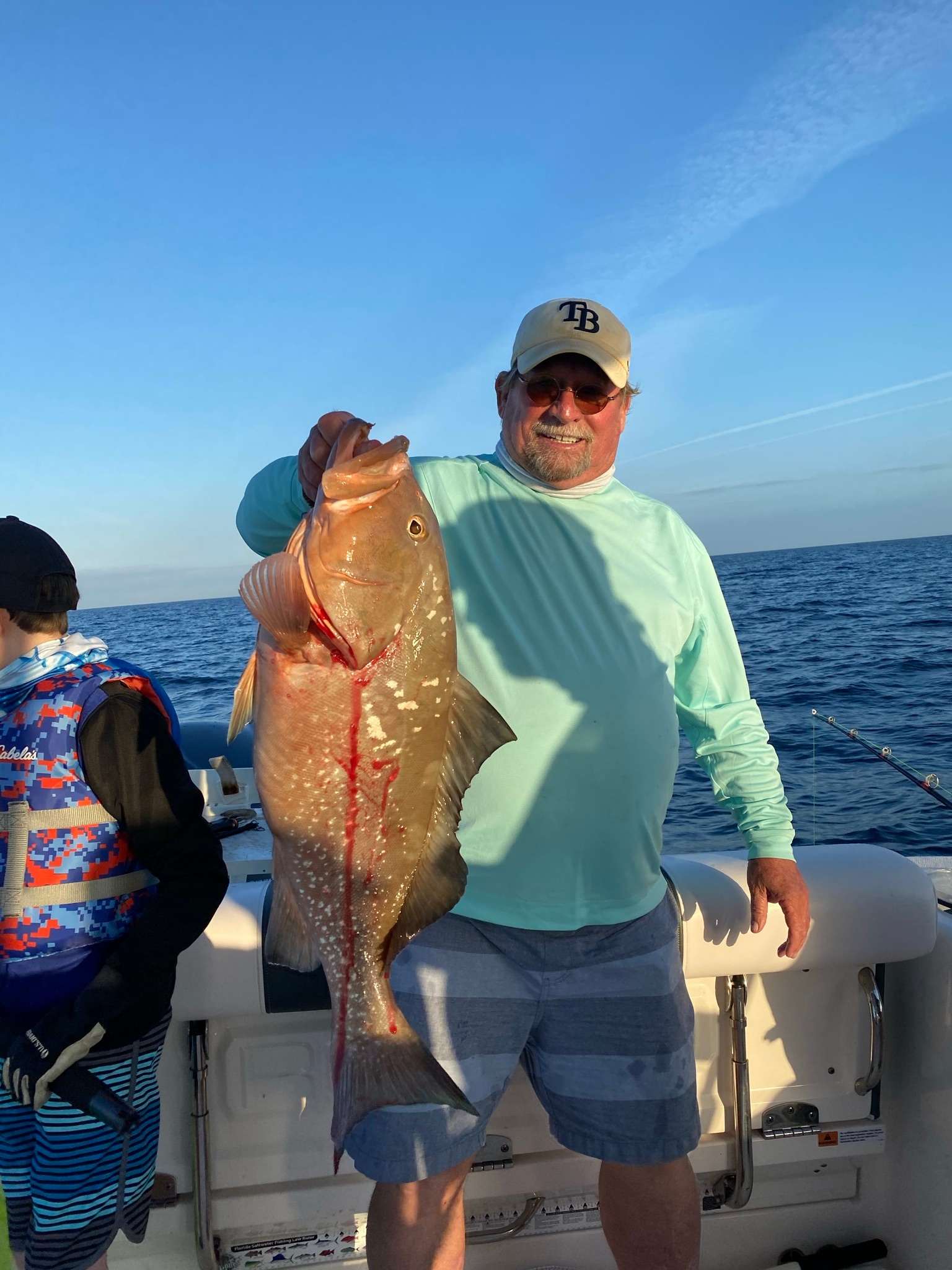Mastering Your Camera for Offshore Fishing Action in Mississippi
Offshore fishing in Mississippi’s Gulf offers intense action and abundant photo opportunities. This guide prepares you to protect your camera gear and capture every thrilling moment on the water, turning your fishing trip into a vivid visual story.
Waterproof Your Camera Gear
Use weather-sealed cameras or a waterproof housing to protect against sea spray and sudden waves; saltwater can irreversibly damage equipment.
Bring Extra Batteries and Memory Cards
Long offshore trips demand backup power and storage to avoid missing key action sequences due to dead batteries or full cards.
Use Fast Shutter Speeds and Burst Mode
Set your shutter speed to at least 1/1000 sec and enable continuous shooting to freeze quick fish movements and reel action effectively.
Maintain Stability on a Rocking Boat
Use wrist straps and consider a monopod or gimbal stabilizer to reduce blur caused by the vessel’s motion.
Mastering Your Camera for Offshore Fishing Action in Mississippi

302 Robalo Offshore Fishing: Up to 40 Miles
Starting at $1598 • 9 Hours • All Ages • Up to 6 People
Discover the thrill of deep-sea fishing with a private charter off Palmetto, Florida. Up to 40 miles offshore, this adventure promises big catches, stunning ocean views, and unforgettable memories.
Offshore fishing in Mississippi's Gulf waters offers a thrilling playground where unpredictable waves and darting fish command your full attention. To capture the raw energy of a marlin's leap or the sudden tug of a fighting mahi-mahi, your camera must be ready to move as swiftly as the ocean around you. Preparation begins before you leave shore. Waterproof housing or a reliable, weather-sealed camera is non-negotiable—the Gulf's spray and salt breeze will test any equipment left vulnerable. Opt for a DSLR or mirrorless camera with fast autofocus and continuous shooting modes; these are crucial for freezing moments that flash by in an instant.
Before boarding, pack your gear mindfully: secure lenses with image stabilization and bring a polarizing filter to cut glare off the water’s surface, sharpening both color and contrast. Keep extra batteries and memory cards in a dry, easily reachable spot—offshore trips can last hours, and missing a critical moment is frustrating.
Once on the water, anticipate the action. Position yourself to face the sun to minimize shadows on your subject. Use shutter speeds of at least 1/1000 of a second to freeze fish in midair or the rapid spinning of a reel during a catch. Burst mode is your ally; the ocean’s pace makes single shots risky. When focusing, set your camera to track moving subjects continuously. Fish dart erratically; your lens must be primed to follow their unpredictable dance.
Don't overlook the environment. The horizon line often offers a striking backdrop—the curve of the earth meeting the sky while a school of fish breaks the surface. A low angle near the boat’s edge can emphasize the scale of the water with fish mid-leap in dramatic relief.
To maintain your balance and steady shots as the boat rocks, consider a wrist strap and a monopod or gimbal stabilizer. Staying hydrated and protected from the sun keeps your reflexes sharp for those spontaneous moments when the catch explodes out of the water.
Respect the sea’s rhythm. Each tide push and swell bend the boat’s path, demanding your steady hand and alert eye. This is an engaged partnership, not a passive waiting game. Prepare well, move attentively, and your camera will translate the fierce vitality of offshore fishing in Mississippi into compelling images that invite others to share in the chase.
Nearby Trips
All Adventures
Boat Charters
Water Activities
Adventures near Gulfport
Discover the unique and memorable adventures that make Gulfport special.
Frequently Asked Questions
What camera settings are best for offshore fishing?
Use a fast shutter speed (1/1000 sec or faster), continuous autofocus, and burst mode to capture fast-moving fish and sudden action. Adjust ISO to compensate for light changes, and consider a polarizing filter to reduce glare.
How can I protect my camera from saltwater damage?
Invest in waterproof housing or use weather-sealed camera bodies and lenses. After your trip, thoroughly rinse your gear with freshwater and dry it to remove salt residue.
When is the best time of day for fishing photos offshore?
Early mornings and late afternoons provide soft, directional light that brings out textures and colors both above and below water, avoiding harsh midday glare.
Are drones allowed for offshore fishing photography in Mississippi waters?
Drones are generally allowed outside of restricted zones, but check local regulations and federal airspace rules before flying over coastal and offshore fishing areas.
What local fish species are common targets for offshore action shots?
Popular species include mahi-mahi, amberjack, cobia, king mackerel, and billfish like marlin and sailfish—all presenting dynamic photo opportunities.
How do I safely handle my camera while reeling in a big catch?
Keep your camera secured with a strap, and avoid loose gear that can drop overboard. Use a quick-release mount or keep the camera padded in a waterproof bag when focusing on fishing.
Recommended Gear
Waterproof Camera Housing
Protects your camera from salt spray and accidental splashes, critical for any offshore trip.
Polarizing Filter
Reduces glare and enhances colors on reflective water surfaces for crisp, vibrant photos.
Extra Batteries
Long trips drain batteries faster; having spares ensures you won’t miss climactic moments.
Monopod or Gimbal Stabilizer
Helps steady your shots against boat rocking without the bulk of a tripod.
Local Insights
Hidden Gems
- "The Ship Island offshore reefs, known for both rich marine life and interesting underwater photo ops"
- "East Ship Island Lighthouse as a coastal landmark visible in quiet harbor shots"
Wildlife
- "Bottlenose dolphins often accompany fishing boats offshore"
- "Brown pelicans gliding close to the water’s surface hunting for fish"
- "Occasional sightings of loggerhead sea turtles near shallow reef areas"
History
"Gulf Coast waters have a storied history tied to commercial fishing and maritime trade, with Ship Island playing a historic role during the Civil War."
